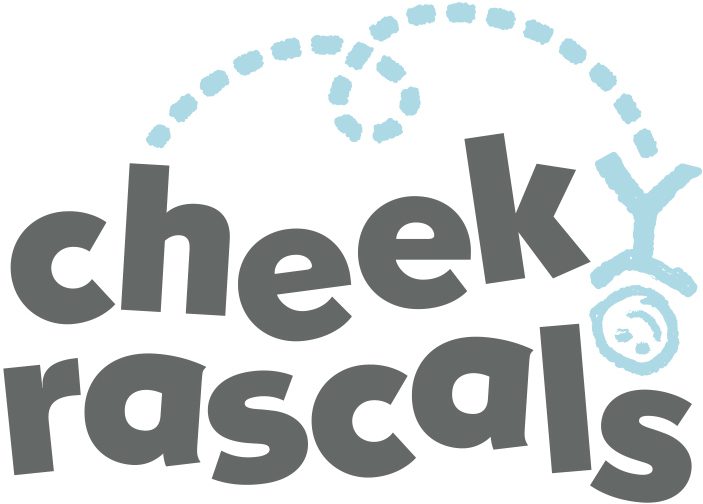Our Predictive Sleep Technology utilises neuro-protective sleep science and behavioural sleep intervention practices, also leveraging the sleep-wake homeostasis. The sleep-wake homeostat is driven by a sleep hormone that builds pressure until it reaches a tipping point, which causes sleep. This builds throughout the day, but for infants and children it builds more frequently and a daytime nap—or naps—are required. These naps can be 20 minutes to 3 hours long depending on the sleep your baby feels they need, the amount of sleep they previously had, how long they have been awake, age and their developmental stage.


